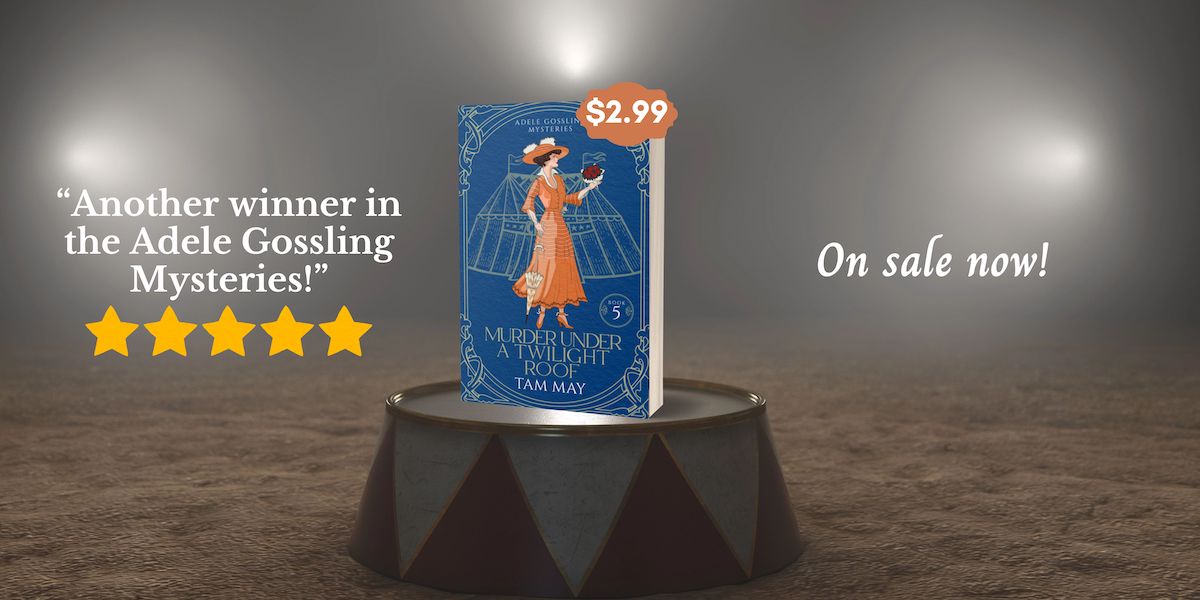As a mystery writer, I’m always looking for interesting murder weapons. I’m sure the internet gods would be shocked if they saw my browser history with all the research I’ve done on poisons for my books!
Poison is tricky because it’s easy to give readers the sense of “been there, done that”. When you look at the immense plant life on this planet and how many species are poisonous to humans (about seven hundred out of more than fifty thousand), there just aren’t that many a mystery writer can choose from (which isn’t necessarily a bad thing if we’re talking about human life).

Photo Credit: Tinieder/Depositphotos.com
The Atropa belladonna has always fascinated me but I didn’t know its history until I started doing research on it for the third book of my series, Death At Will. It is indeed a pretty plant with a pretty name. The typical belladonna has a reddish-blackish berry similar to a cherry and is actually sweet when eaten. This is one of the things that makes it so dangerous, as it isn’t bitter like many poisonous plants. There’s no real indication it’s poisonous when you put it in your mouth.
Interestingly, the belladonna has a long history with the beauty industry (if you can call it that). In the Middle Ages, it was used as a beauty remedy. The juice of the berry made women’s cheeks redder (a sort of precursor to commercial blush powder or cream). Women sometimes rubbed the berry and leaf on their skin as a sort of skin enhancer to give it a blueish tint. Women also used a tincture of berry juice in an eyedropper to dilate their pupils. We can be thankful our ideas of beauty have changed since then!
In the nineteenth and early twentieth centuries, the belladonna was used for something else: healing. It might seem odd that poison could be considered medicine but consider we didn’t have the scientific and medical knowledge we have now about plant life nor did we have the synthetic drugs we have now so we had to rely more on Mother Nature. There was also no awareness of the long-term health effects of certain substances (think about arsenic being added to paints and wallpapers of the time). Belladonna plasters (i.e., band-aids with belladonna on them) were thought to help relieve pain and even cure tuberculosis. These plasters were sold in drug stores over the counter, an idea that makes us shudder today.
But in my book, Nin Branch, Adele’s sidekick who also happens to be a skilled herbalist, is well aware of the dangers of the Atropa belladonna. She has an argument with one of the characters about using herbs and plants responsibly or it could lead to disaster (which is pretty much what happens in the book).
Only a little over a month to go until Death At Will comes out! But you can get it here at a special discount on preorder now!
If you love fun, engaging mysteries set in the past, sign up for my newsletter to receive a free book, plus news about upcoming releases, fun facts about women’s history and mystery, and more freebies! You can sign up here.

